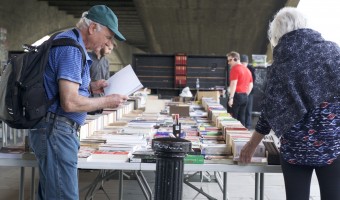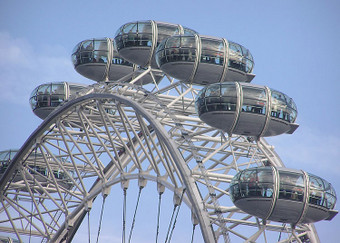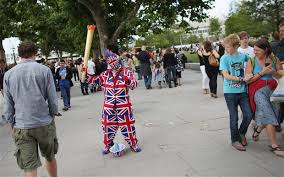The Vision Behind Floating Dreams
September was a definitive month for art. Between the Great Fire 350 celebrations, the Design Festival, Fashion Week, Open House, the Totally Thames Festival – the list truly does go on. London is the stage for art to thrive, and in true London fashion, most of the greatest installations around the city can be viewed for free. You might have passed by a rather monumental one – does a giant, glowing cube next to Millennium Bridge ring a bell? Not only is it a sight to behold, it tells the poignant stories of refugees.
The exhibit
The installation will only be exhibited until the end of the Totally Thames Festival, and will therefore conclude on September 30th. We encourage you to experience Floating Dreams before it’s gone. If you find yourself a fan of Kang’s work, his next project will be a permanent installation at the Odusan Unification Observatory in Paju and will feature 15,000 drawings by refugees (just in case you thought Floating Dreams was a massive project!)
Whether you merely wish to enjoy the beauty of the giant lantern structure on your walk along the Thames, or want to take a moment to contemplate the lives and wishes of those embedded into each drawing, Floating Dreams should not be missed.


The installation is Ik-Joong Kang’s first London project and was commissioned by the Totally Thames Festival. This artwork, Floating Dreams, is constructed from 500 unique drawings and is three stories tall. On the surface, a passer-by might miss the hundreds of delicate sketches, and if they do, there is no outward explanation of the years of yearning that each drawing represents. Following Kang’s signature style, Floating Dreams represents a collection of experiences, however where previous installations focused on the dreams of children (he’s collected over a million during his career!) Floating Dreams contains memories of childhood, drawn by those displaced during the Korean War (1950 – 53).


To create this project, the artist returned to South Korea, a home he left in the 1980s for New York, to collect the memories of this displaced generation. Their drawings depict childhood homes and represent all that they lost and were torn from. Many of the 200,000 North Korean refugees have still yet to be able to revisit these homes, an important aspect of Korean culture. The project is symbolic for the artist’s dream of reunification, specifically between North and South Korea, whose populaces are taught to hate each other, but also on a worldwide scale.
 Tales of the River Bank
Tales of the River Bank


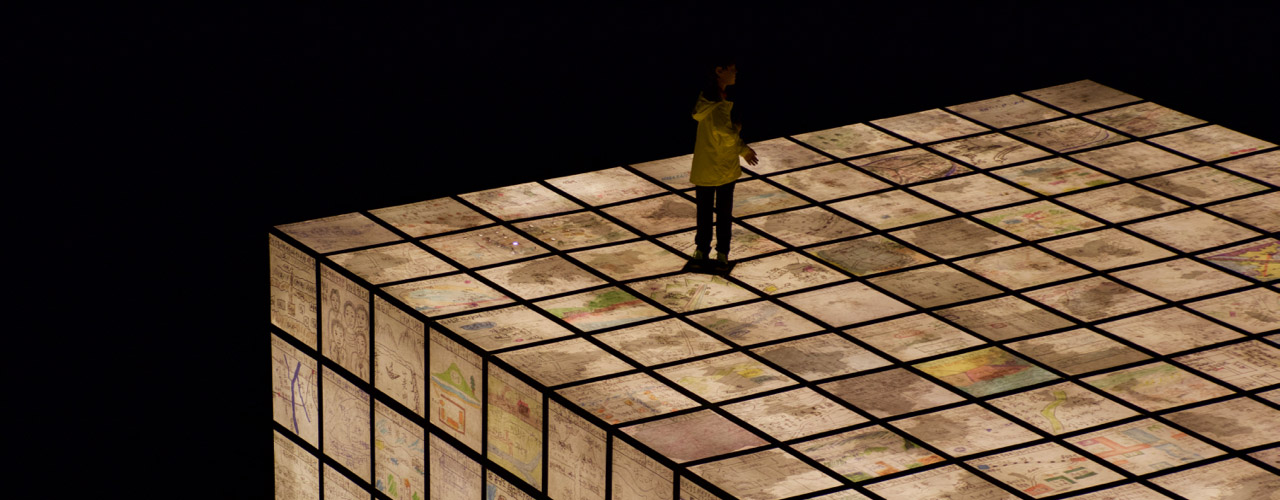
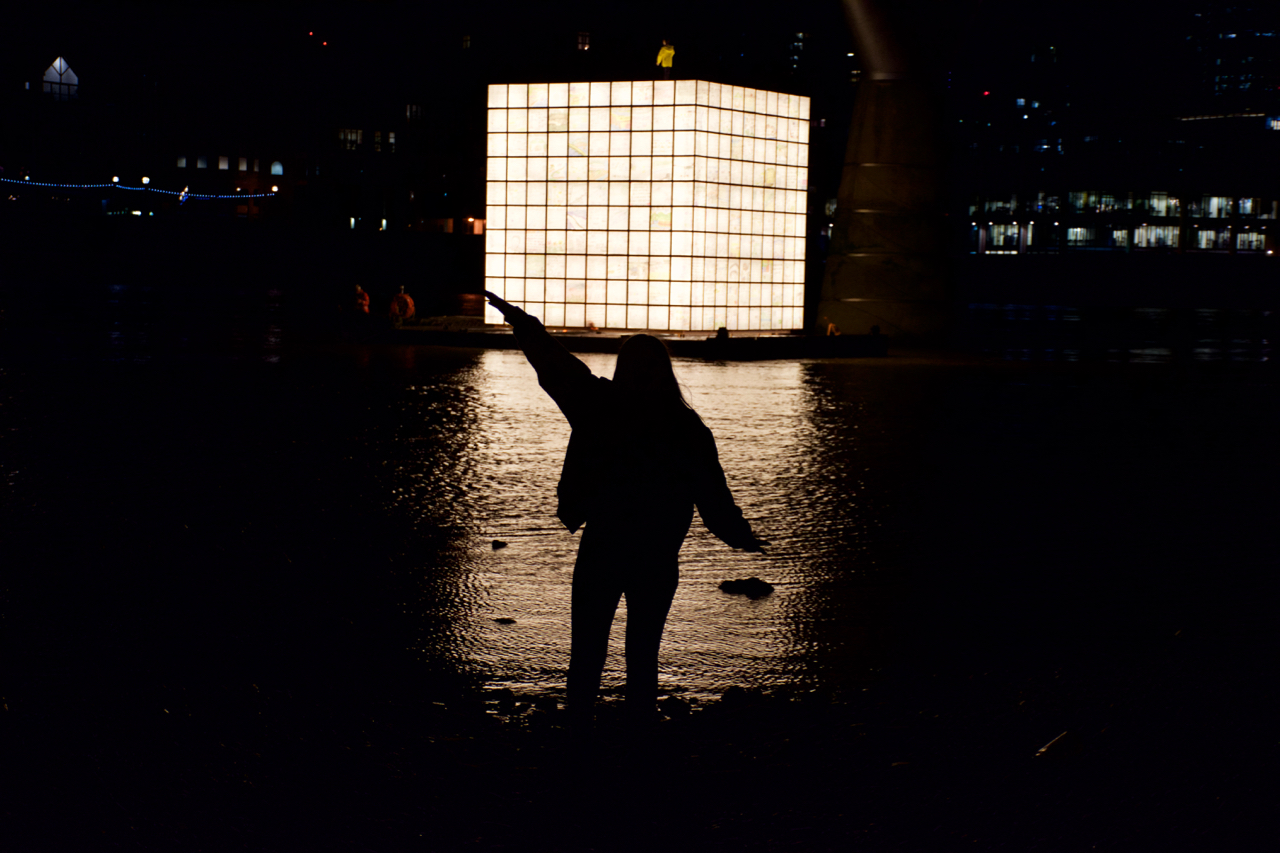
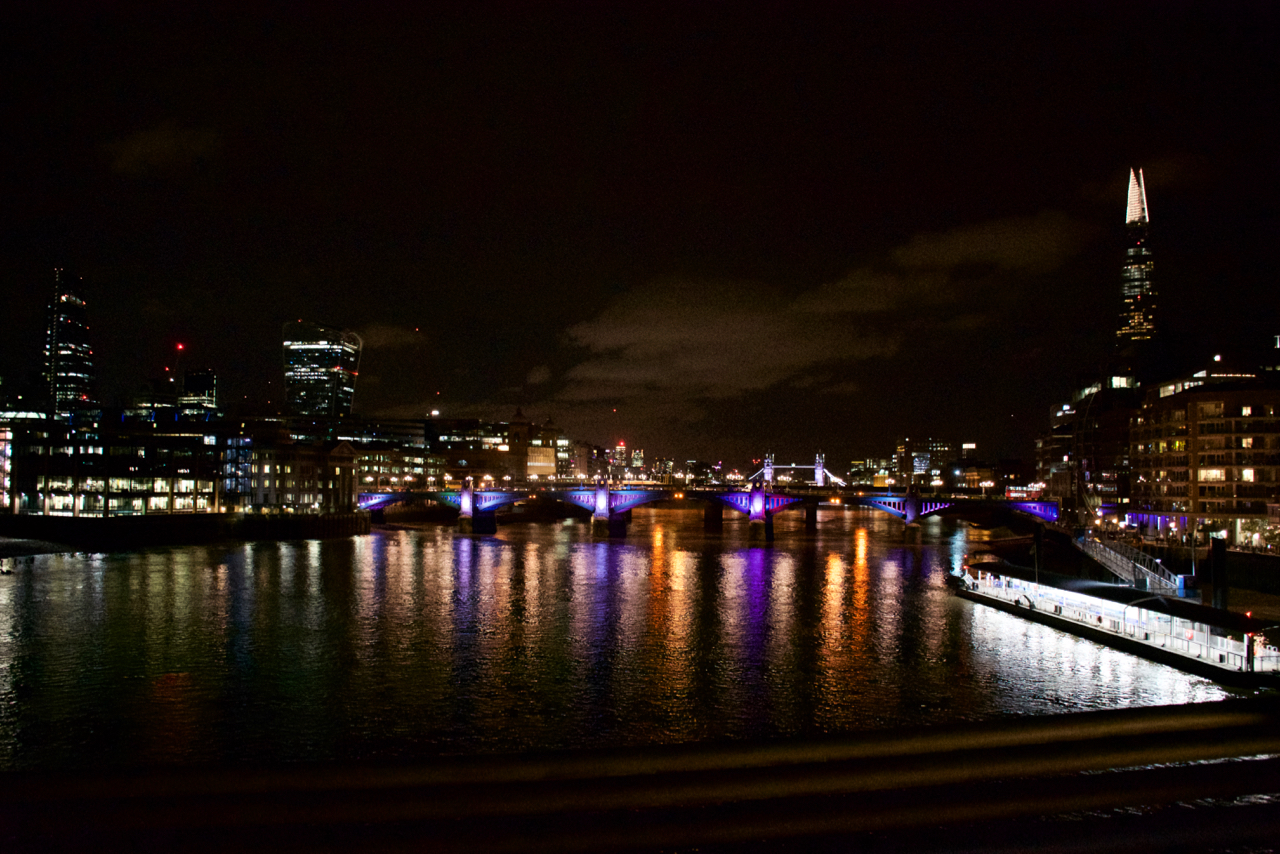
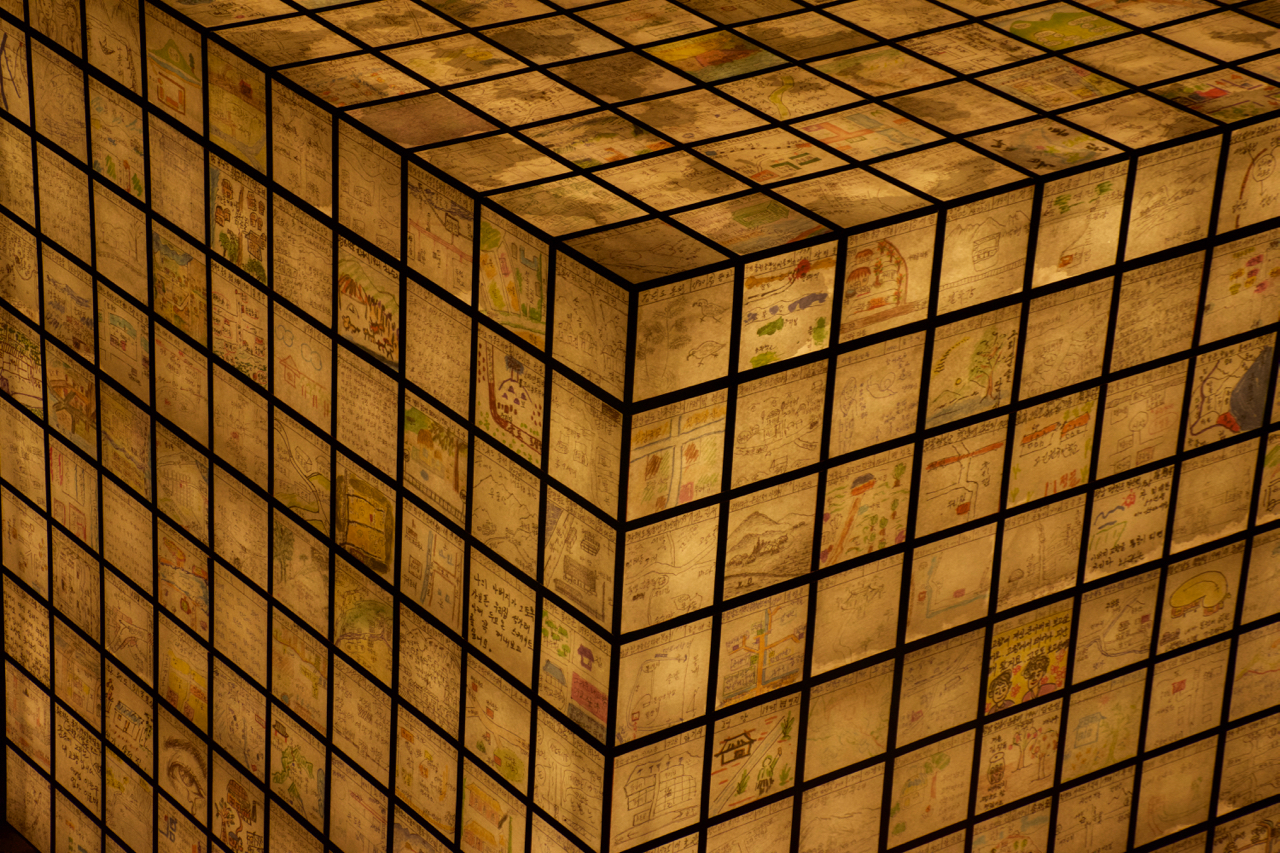


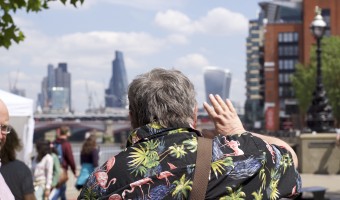
 Load more triptoids
Load more triptoids